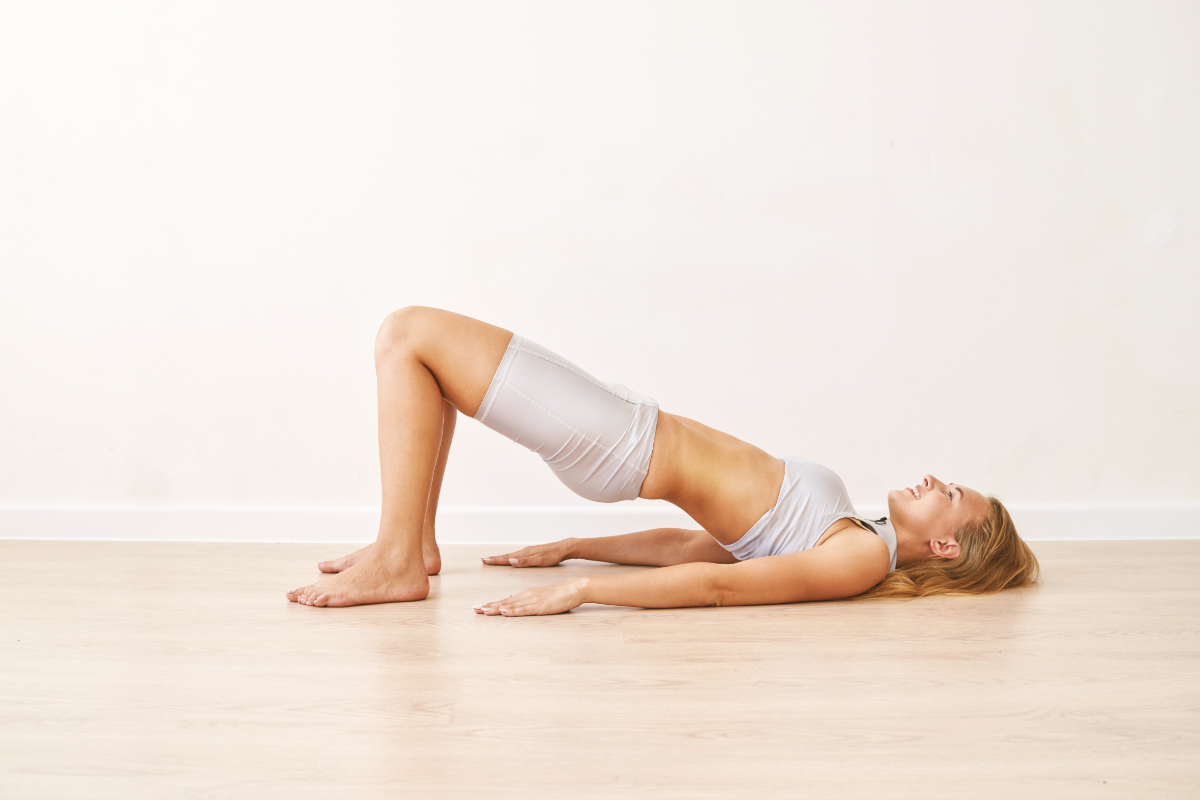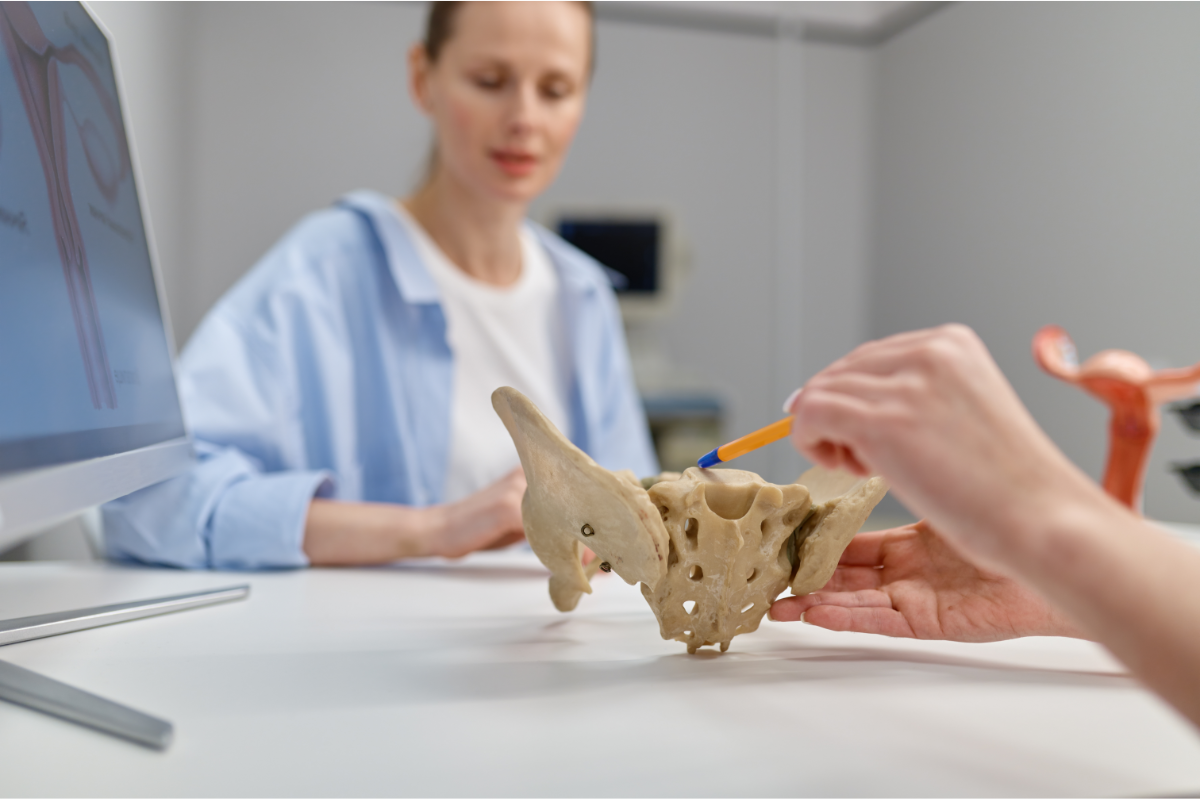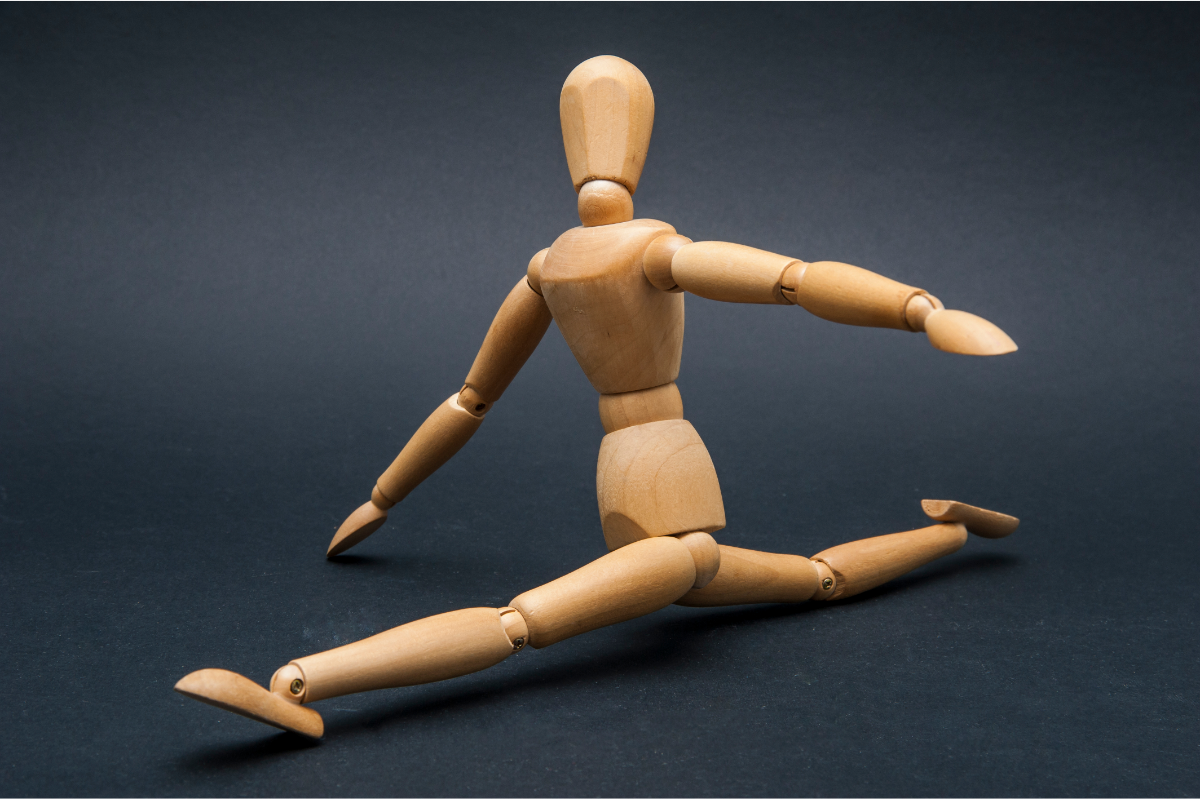Top 10 Best Practices to Maximize Kegel Exercise Results
Kegel exercises, named after Dr. Arnold Kegel, have become widely recognized as a powerful method for strengthening the pelvic floor muscles. These exercises target the muscles that support essential organs such as the bladder, uterus, and rectum, making them especially beneficial for individuals looking to improve core stability, bladder control, and even sexual health. Originally developed as a therapeutic solution for women after childbirth, Kegel exercises have since proven valuable for people of all ages and genders, offering benefits that extend beyond postpartum recovery.
The pelvic floor muscles, though often overlooked, play a significant role in daily functions. A strong pelvic floor helps prevent issues like urinary incontinence, supports proper organ function, and contributes to overall stability in physical movements. However, factors such as age, pregnancy, obesity, and prolonged periods of sitting can weaken these muscles, leading to discomfort and health challenges over time. By incorporating Kegel exercises into a regular fitness routine, individuals can proactively work to counter these effects, building resilience in the pelvic floor area.
Throughout this guide, we’ll explore the top 10 best practices for maximizing the results of Kegel exercises. From proper technique and timing to understanding how to safely progress and evaluate outcomes, these practices will provide a comprehensive approach for those seeking to enhance their pelvic health through Kegel exercises.
1. How to Properly Identify the Pelvic Floor Muscles
Identifying the pelvic floor muscles is crucial for performing Kegel exercises effectively. A simple way to locate these muscles is by trying to stop the flow of urine midstream. The muscles you engage to do this are the pelvic floor muscles. However, it’s important to avoid making a habit of doing Kegels while urinating, as it can lead to incomplete bladder emptying. Another method is to insert a clean finger into the vagina or anus and feel for a tightening sensation as you contract the muscles. If you can’t feel anything, don’t worry—practice and awareness will help you improve over time.
2. The Proper Technique: Step-by-Step to Perform Kegel Exercises
Once you’ve identified the right muscles, it’s time to learn the correct technique:
- Find a Comfortable Position: Start lying down, sitting, or standing in a position that feels comfortable. As you gain experience, you can try different positions.
- Contract the Muscles: Tighten your pelvic floor muscles and hold the contraction. Imagine you’re trying to lift the muscles upwards.
- Hold the Contraction: Aim to hold the contraction for 3 to 5 seconds, then relax the muscles for an equal amount of time.
- Repeat: Perform 10 to 15 repetitions in one session, gradually increasing the duration of each hold as you become stronger.
3. Establishing a Routine: Ideal Frequency and Duration for Maximum Results
To achieve the best results, consistency is key. Aim to perform Kegel exercises at least three times a week. Over time, you can work up to daily sessions. Each session should ideally last about 10 minutes, divided into sets of 10 to 15 repetitions. It’s helpful to incorporate Kegel exercises into your daily routine, such as while watching TV, driving, or even at your desk.
4. Breathing and Posture: Best Practices to Enhance Benefits
Proper breathing and posture can significantly enhance the effectiveness of Kegel exercises. As you contract your pelvic floor muscles, breathe deeply and avoid holding your breath. This not only helps with relaxation but also ensures that you’re engaging the correct muscles. Maintaining a neutral spine and avoiding tension in other muscle groups (like your abdomen, buttocks, or thighs) can also improve muscle engagement.
5. Avoiding Common Mistakes: What Not to Do During Kegel Exercises
To maximize the effectiveness of Kegel exercises, it’s essential to avoid common pitfalls:
- Don’t Overdo It: Avoid excessive repetitions or long holds, especially if you’re a beginner. Start slowly and gradually increase intensity.
- No Straining: If you find yourself straining or feeling discomfort, you may be contracting the wrong muscles. Relax and try again.
- Don’t Mix with Other Muscle Groups: Focus solely on the pelvic floor muscles. Engaging other muscle groups can hinder the effectiveness of the exercise.
6. Gradually Increasing Intensity: When and How to Progress
As your pelvic floor muscles strengthen, it’s important to gradually increase the intensity of your exercises. This can be done by:
- Extending the Duration: Aim to hold each contraction for longer periods, increasing from 3-5 seconds to 10 seconds over time.
- Increasing Repetitions: Slowly add more repetitions to each session as your strength improves.
- Incorporating Variations: Explore different Kegel variations, such as quick contractions followed by longer holds, to challenge your muscles further.
7. The Relationship of Kegel Exercises with Other Types of Exercises and Activities
Kegel exercises can be complemented with other forms of exercise for overall pelvic and core health. Activities like yoga and Pilates not only enhance flexibility but also engage the core and pelvic floor muscles. Strength training, particularly for the lower body, can improve muscle tone and support pelvic stability. Always consult a fitness professional if you’re unsure how to integrate Kegel exercises into your broader fitness routine.
8. Utilizing Apps and Tools: Technologies to Support Kegel Practice
In today’s digital age, numerous apps and devices can assist in your Kegel exercise journey. Many apps provide guided workouts, reminders, and progress tracking to keep you motivated. Some devices offer biofeedback, allowing you to visualize your muscle contractions and ensuring you’re performing the exercises correctly. Explore these tools to find what works best for you.
9. Monitoring Results: How to Assess Progress and Benefits Over Time
Tracking your progress is essential to understanding the effectiveness of your Kegel exercises. Note any improvements in bladder control, pelvic stability, or sexual satisfaction. Keep a journal or use a dedicated app to log your sessions, progress, and any noticeable changes. If you experience ongoing challenges or discomfort, consider consulting a healthcare professional for guidance tailored to your needs.
This comprehensive approach to Kegel exercises will empower you to maximize the benefits for your pelvic health, ensuring a strong and resilient pelvic floor.
Summary of Long-Term Benefits of Kegel Exercises and Tips for Maintaining Consistency
In conclusion, Kegel exercises offer a multitude of long-term benefits that extend far beyond immediate muscle strengthening. Regular practice can lead to improved bladder control, enhanced sexual health, and greater overall pelvic stability. For women, these exercises are particularly crucial during and after pregnancy, helping to combat common issues like incontinence and pelvic discomfort. For men, Kegel exercises can support prostate health and enhance sexual function. By fostering a strong pelvic floor, individuals can not only improve their physical well-being but also boost their confidence and quality of life.
To reap the full benefits of Kegel exercises, consistency is essential. Here are some valuable tips to help you maintain a regular practice:
- Set Reminders: Use alarms or calendar alerts to remind you to perform your Kegel exercises at specific times throughout the day. Consistency is key in forming a habit.
- Incorporate into Daily Activities: Find opportunities to practice Kegels throughout your day—while watching TV, waiting in line, or even during your commute. This makes it easier to fit them into your routine without needing extra time.
- Track Your Progress: Keep a journal or use an app to log your exercises. Monitoring your progress not only helps you stay motivated but also allows you to see the benefits over time.
- Stay Educated: Continue learning about pelvic health and the importance of Kegel exercises. Understanding the anatomy and physiology behind these muscles can motivate you to remain committed.
- Be Patient: Strengthening your pelvic floor takes time. Be patient with yourself and recognize that progress may come gradually. Celebrate small victories along the way.
- Consult Professionals: If you experience difficulties or have questions about your technique, don’t hesitate to seek advice from a healthcare provider or a pelvic floor specialist. They can provide personalized guidance and support.
Incorporating Kegel exercises into your regular fitness routine can lead to significant improvements in your pelvic health and overall well-being. By following these tips and committing to a consistent practice, you can enjoy the long-lasting benefits that come from a strong and resilient pelvic floor. Remember, every small effort counts, and the journey toward better pelvic health is well worth it.
https://my.clevelandclinic.org/health/articles/14611-kegel-exercises

I’m Hillary Swan, a certified fitness trainer specializing in women’s health and pelvic floor strength. I’m passionate about empowering others to improve their core wellness through targeted exercises. Let’s strengthen our bodies together for a healthier, more confident life.










